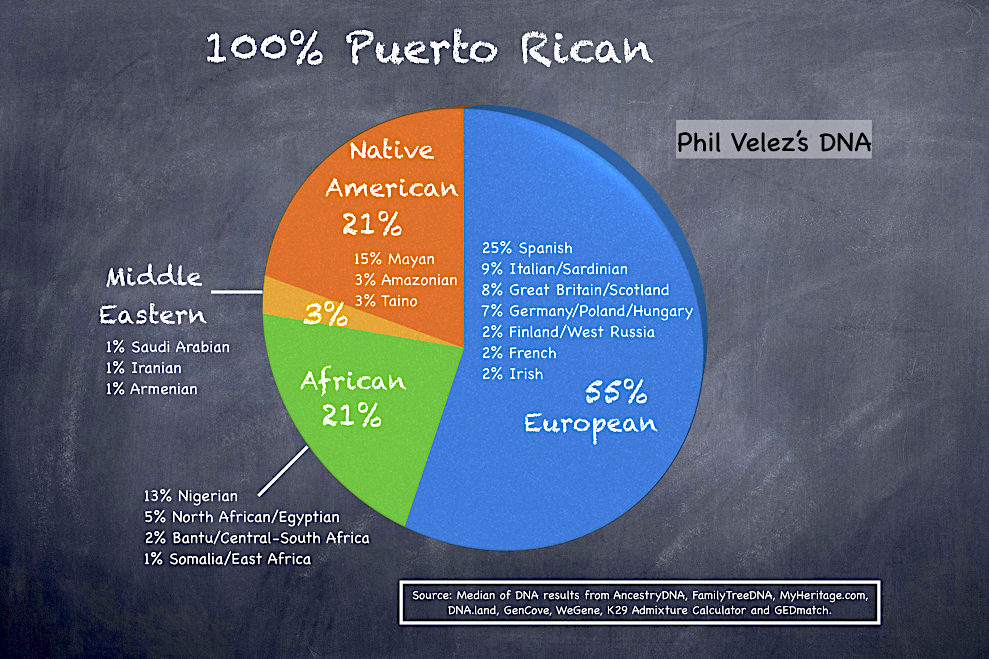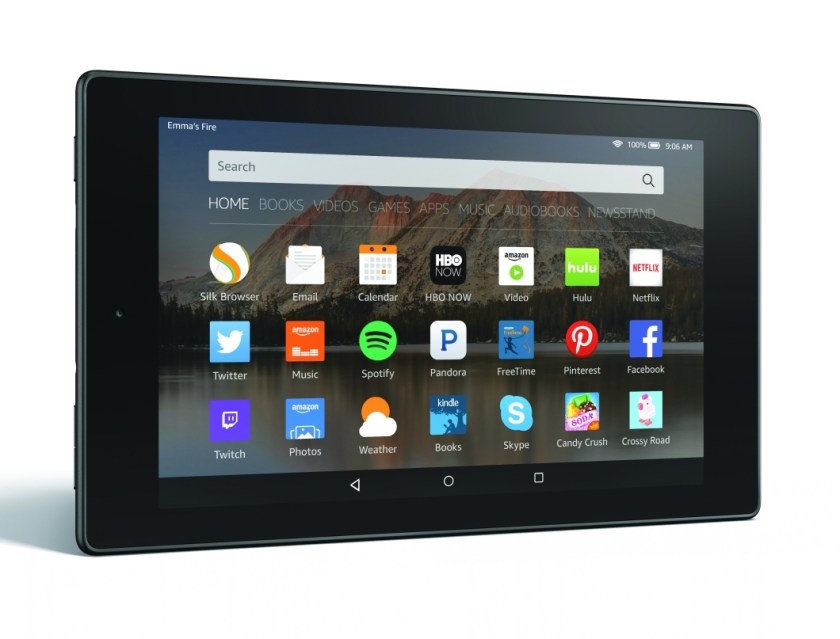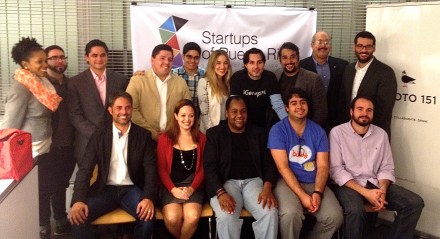
The cable television monopoly is hopefully coming to an end and I am happy to finally be a part of it all. For years, I depended upon cable TV for its reliability, ease, quality, and clear reception. However, the monthly service fee kept creeping up and there were few realistic alternatives. That’s not the case any longer.
Earlier this year, after a great deal of research and contemplation, I decided to cancel my cable TV service with Spectrum. Once the cost for the combination of TV and home internet surpassed $165 a month for basic service, I knew it was time to cut the cord.
Today, there is a plethora of streaming services available, however, each is quite different with specific limitations. One service provides you with this channel, but not that one, one has more sports options but not many news options, ultimately, you could end up subscribing to several services with associated fees that add up to the same money you were spending on cable. If that’s the case, why bother?
It took a lot of trial and error, pain, and patience, but after some time, I came up with my own package of services that worked. My first step was buying a Roku Stick. The $35 investment provides a wealth of free TV shows and channels, making it alone well worth it if you are not a big TV person. I cannot believe I waited so long to give streaming TV a try.
I then signed up for Sling TV, which was sufficient for a while. The $40 a month cost for the first tier provided me with CNN, ESPN, and a few other required cable channels. The catch, however, was that Sling TV did not provide access to local networks. As a New York City resident, I cannot live without WABC-TV Channel 7, PIX 11, and WNYW-Fox 5.
To get around the lack of local networks on Sling, I used an old-fashioned over-air TV antenna. The picture quality of the digital channels was incredible and the free price could not be beaten, but not all local channels are the same. I would get most of the free channels but then have no reception at all for a few. Switching the input source on the TV from Roku to the antenna soon became a hassle as well.
Eventually, I settled on YouTube. I eliminated Sling and the antenna but now have major cable channels and local network stations. YouTubeTV’s base price did go up recently, but for both standard cable-like service and local TV stations, I think it is worth the cost. At the current time, it is $73 a month.
Of course home internet is a necessity for streaming services, so I became a T-Mobile customer by signing up for its home internet service for $50 a month. The service provides high speeds and has been pretty good so far, with no major complaints.
Now, my monthly subscription TV/home Internet cost is $123, a decent savings of $42. In one year, that will be (if prices remain fixed) a whopping $504 kept in my pocket. If you are interested in saving $500 a year on premium TV service, stop paying for cable!
 This month, after thinking about the possibilities for years, I received
This month, after thinking about the possibilities for years, I received 


